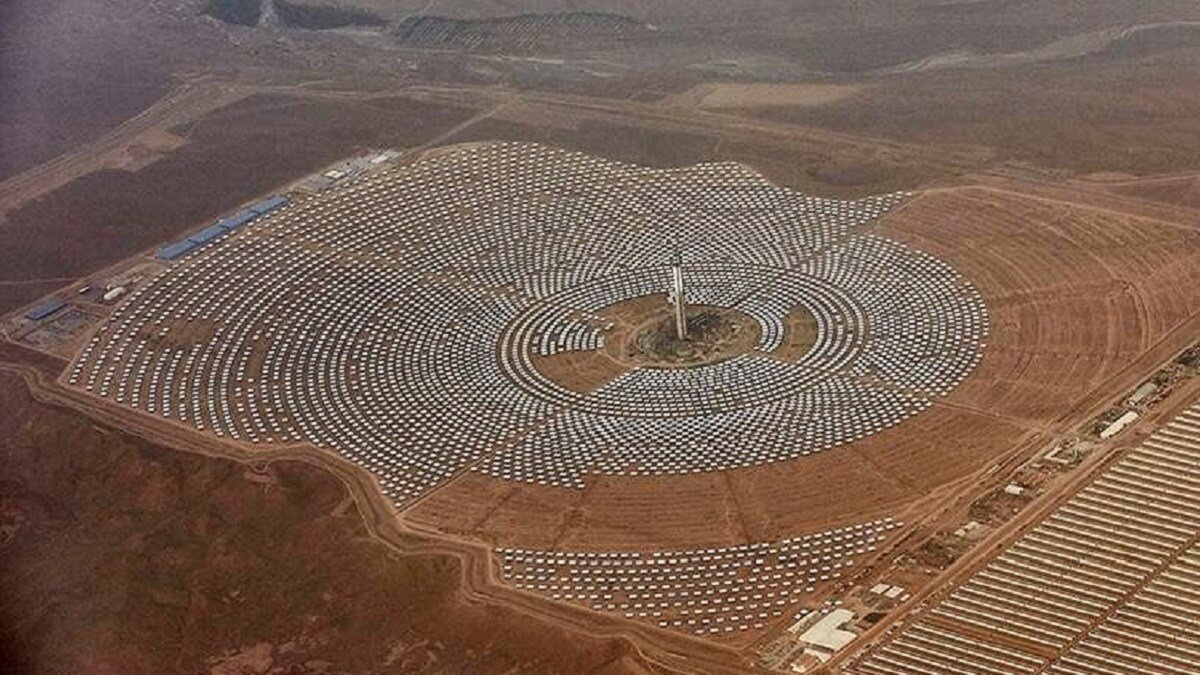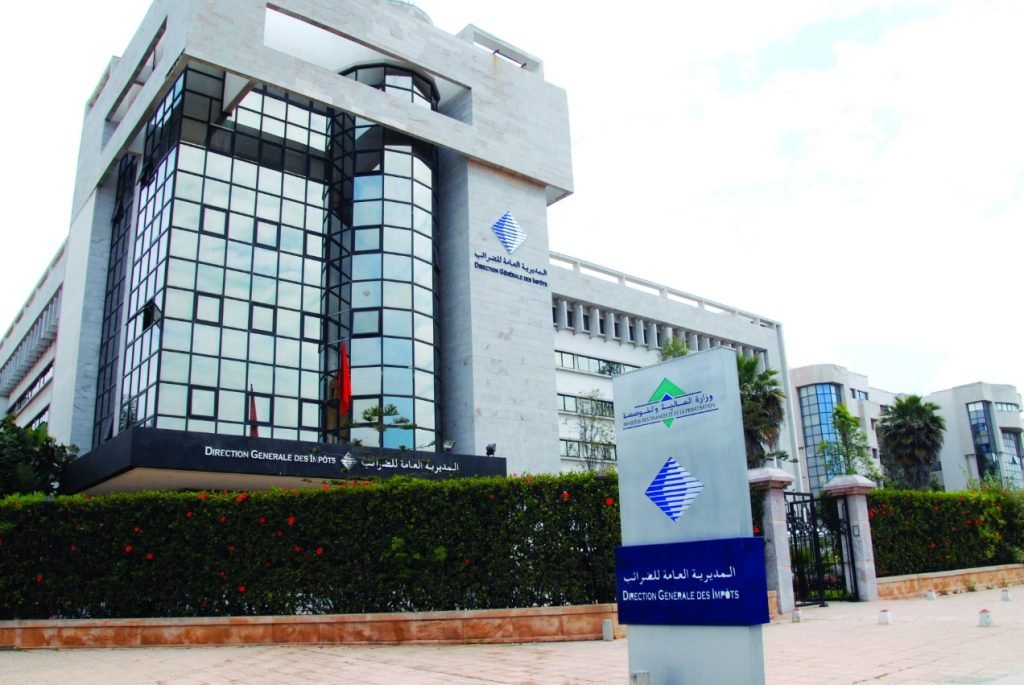ALJIHA POST
The Noor Ouarzazate III solar power plant, a key component of Morocco’s renewable energy strategy, has faced a significant setback due to a technical failure. The 150 MW concentrated solar power (CSP) plant, which has been out of service since early 2024 due to issues with its molten salt storage reservoir, is not expected to resume operations until the end of the first quarter of 2025. This extended shutdown has led to a considerable reevaluation of the plant’s financial losses, which were initially estimated at $47 million but have now been revised to exceed $51 million. The primary shareholder, ACWA Power, alongside its minority partner, Masen, has felt the financial strain, particularly as the revised losses impact ACWA Power’s balance sheet.
Noor Ouarzazate III: A Pivotal Renewable Energy Project
The Noor Ouarzazate III plant is part of Morocco’s ambitious Noor Solar Complex, which, once fully operational, will provide over 500 MW of renewable energy to the national grid. Noor Ouarzazate III, inaugurated in 2018, was designed to provide consistent electricity generation by utilizing CSP technology with a thermal storage system using molten salts. This technology allows the plant to generate electricity even during periods of no sunlight, such as after sunset or during cloudy weather, with the ability to supply power for up to 7-8 hours. The plant was designed to support Morocco’s electricity demand during peak hours, primarily in the late afternoon and evening, and to benefit approximately 500,000 Moroccan citizens.
The total estimated energy production of Noor Ouarzazate III is 515 GWh annually, contributing significantly to the country’s efforts to meet its renewable energy targets. The plant’s operational efficiency and importance in providing clean energy to Morocco have made it a crucial part of the nation’s energy mix.
Technical Failure and Extended Shutdown
The plant’s unexpected shutdown, caused by a technical malfunction in its molten salt storage system, has extended far beyond initial expectations. What was initially perceived as a minor issue requiring brief repairs has turned into a more complex problem, resulting in an operational hiatus of over a year. The project’s primary investor, ACWA Power, has announced that the resolution of this issue will be delayed until at least the end of March 2025. The prolonged shutdown has not only disrupted energy production but has also strained the financial performance of the involved stakeholders.
Financial Repercussions and Impact on Stakeholders
The financial losses associated with the plant’s extended shutdown have been substantial. Originally, the losses from the incident were estimated at $47 million. However, the revised assessment has raised the cost to over $51 million, with a significant portion of the loss—approximately $38 million—being attributed to ACWA Power. This impact is felt more acutely by the company as the majority shareholder with a 75% stake in the project, while Masen, the Moroccan renewable energy agency, holds a 25% minority stake.
The financial losses come at a time when the plant’s electricity generation capacity is critically needed to meet Morocco’s growing energy demands. Given the country’s reliance on renewable energy sources for sustainability and energy security, the prolonged absence of this key facility adds pressure on other energy sources to fill the gap left by Noor Ouarzazate III.
Technical Challenges and Historical Context
This is not the first time Noor Ouarzazate III has faced technical difficulties. The plant experienced similar issues in the past, particularly between June 2019 and May 2020, when a series of molten salt leaks led to an inspection and repair period. These recurring technical challenges underline the complex nature of CSP technology and the importance of rigorous maintenance and preventative measures to ensure the long-term reliability of such plants.
Noor Ouarzazate III was developed under a public-private partnership between ACWA Power and Sener Ingeniería y Sistemas (Spain), with the latter providing technical expertise. The plant was financed through a combination of loans and grants from various international development organizations, including the African Development Bank (AfDB), the French Development Agency (AFD), the European Investment Bank (EIB), the World Bank, the KfW Bank, and the European Union. Despite its initial delays, including a one-year postponement of the commercial operation date from November 2017 to October 2018, the project was regarded as a success in terms of its capacity and contribution to Morocco’s renewable energy goals.
Conclusion: The Need for Robust Maintenance and Long-Term Solutions
The ongoing shutdown of Noor Ouarzazate III highlights the vulnerabilities inherent in complex renewable energy projects that rely on advanced technologies like CSP. While the plant’s potential to generate clean and reliable energy for Morocco is indisputable, the technical failures that have led to its extended downtime demonstrate the need for more robust maintenance strategies and contingency plans.
The financial and operational challenges posed by the shutdown will likely prompt a reevaluation of risk management practices in the renewable energy sector, both for public-private partnerships and for future CSP projects. Ensuring the resilience and long-term success of these ventures will require careful attention to the operational lifespan of critical components, such as molten salt storage systems, and proactive measures to mitigate risks of unplanned downtimes.
As Morocco continues to expand its renewable energy infrastructure, the experience of Noor Ouarzazate III serves as a cautionary tale for the need to balance ambitious energy goals with practical solutions to ensure reliability and financial sustainability in the face of unforeseen technical challenges








